Altina Martins in the CAM Collection
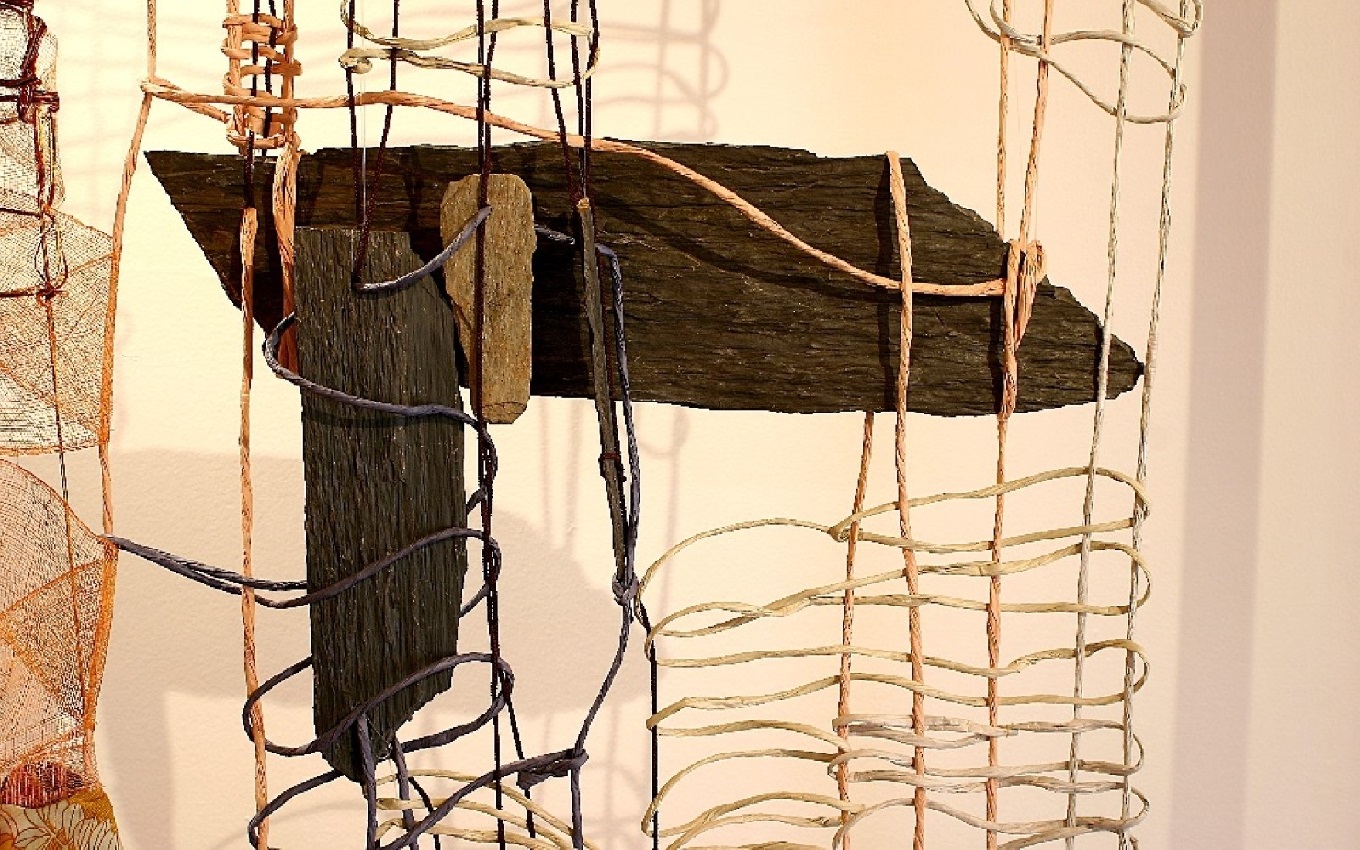
Although it has seldom been on its agenda to acquire contemporary tapestry, the CAM Collection does include some tapestry works, including those produced from the late 1960s by Grupo 3.4.5. (1978–2002) and by Associação ARA (1975–77), founded by eleven women, including renowned names such as Gisella Santi, Flávia Monsaraz and Rosa Oliveira.
Altina Martins played a key role in this history and has continued to work until the present day, in some cases using traditional tapestry techniques, but sometimes straddling the border between tapestry and sculpture.
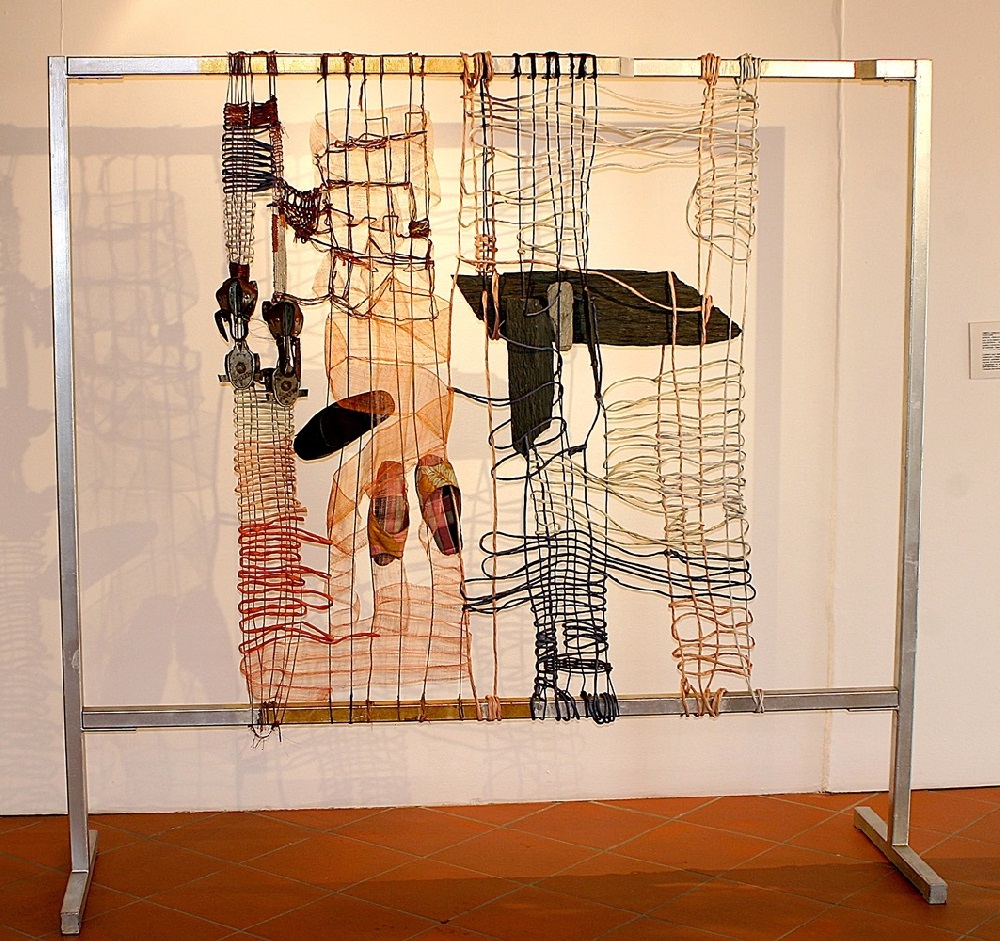
Considering it opportune to make room for this creative area in the Collection, the CAM recently incorporated one of her works that fits that profile. The title, Tempo – Infância, Adolescência, Maturidade [Time – Infancy, Adolescence, Maturity], confronts us with a kind of archive or compendium of memories spanning the start of life and left hanging at the moment of maturity which, by definition, stretches out indefinitely before us.
Between vertical lines of threads tied and crossed with others that snake in rough and rudimentary weaves, we find slippers, a pair of old roller-skates, pieces of wood and finely-woven nets. In the polychrome frame whose rectangle they cohabit, these objects become Gordian ‘knots’ of a weft that opens and unravels, leaving plentiful empty space and bringing to the surface the evocation of key moments in the path of life evoked by the title.
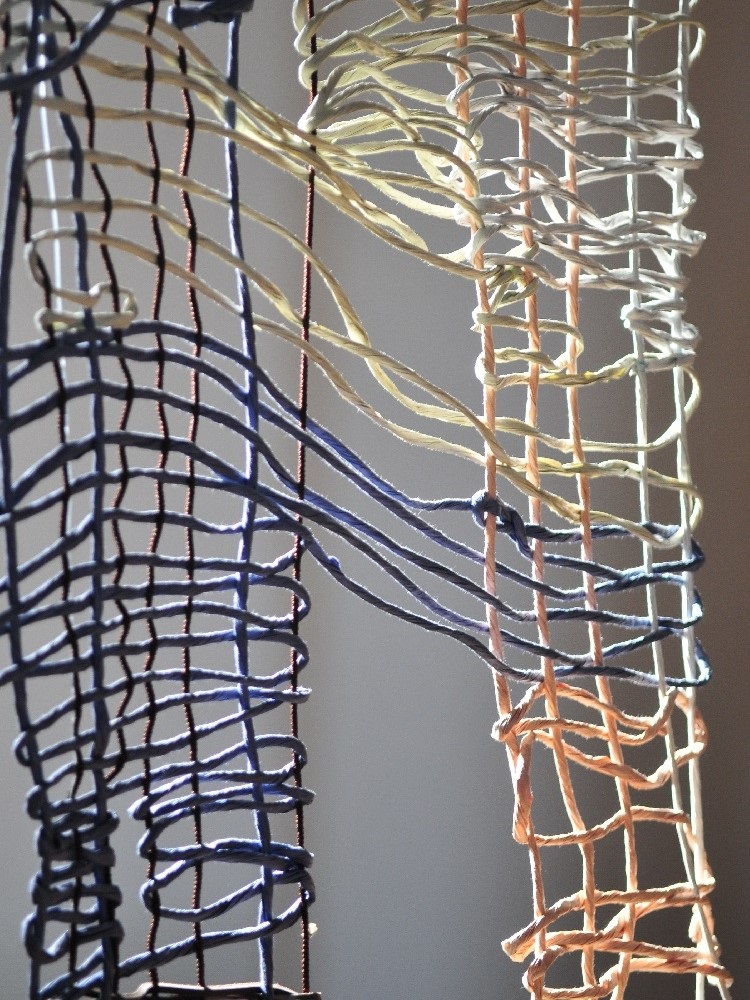
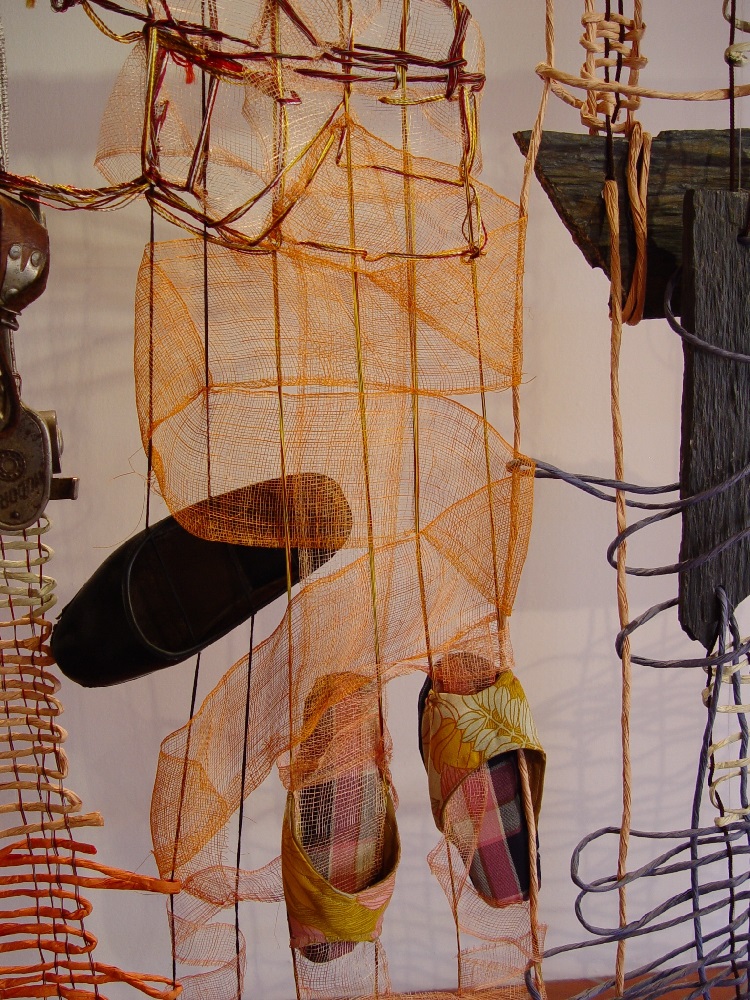
Off the wall and displayed in the three-dimensional space of a room, this singular object can be regarded as a textile work, but also as a sculpture or the premise of an installation.
Between 1972 and 1975, she attended the Design course at Ar.Co (Centre for Art and Visual Communication), in Lisbon. In 1978/79, she researched natural weaving and dying methods in the Coimbra, Minho and Trás-os-Montes regions, with a grant from the Calouste Gulbenkian Foundation and in 1982/83, she went on a research placement in Traditional Weaving, in Varanasi, India.

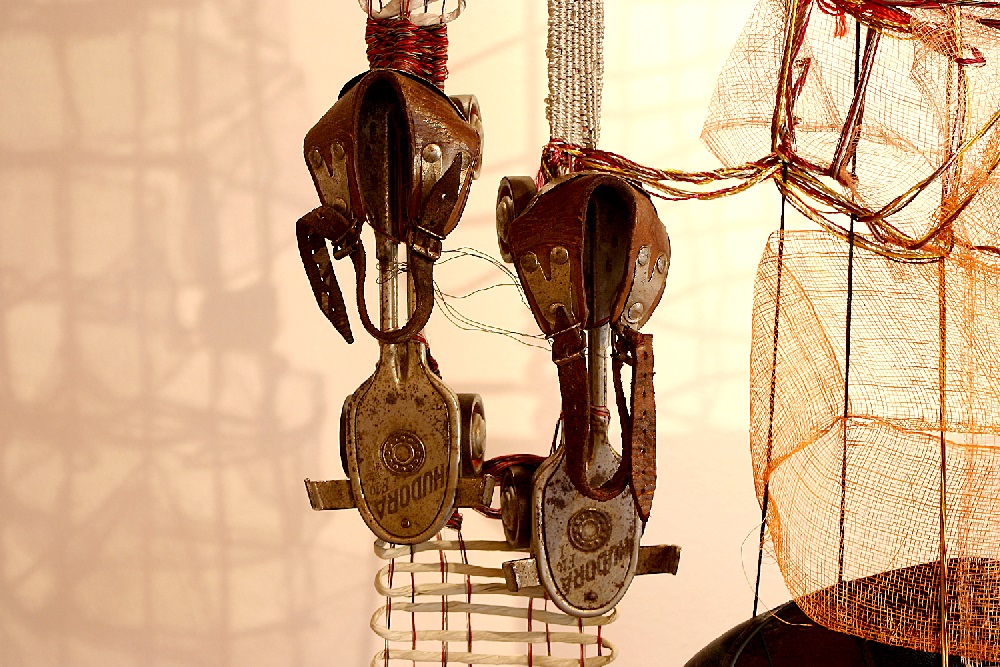
In 1995/1996, Altina Martins specialised in High-Heddle Tapestry, at the Manufacture Nationale des Gobelins, in Paris, having received another study grant from the Calouste Gulbenkian Foundation. In 1998/1999, she joined the Weaving, Spinning and Natural Dying course at the National Costume Museum, Lisbon. She has been a provisional teacher/ permanent teacher in the area of Textiles at the António Arroio Secondary Arts School, Lisbon, since 1988, and has taken part in various events for training and reflection on contemporary tapestry.
Leonor Nazaré
Curator